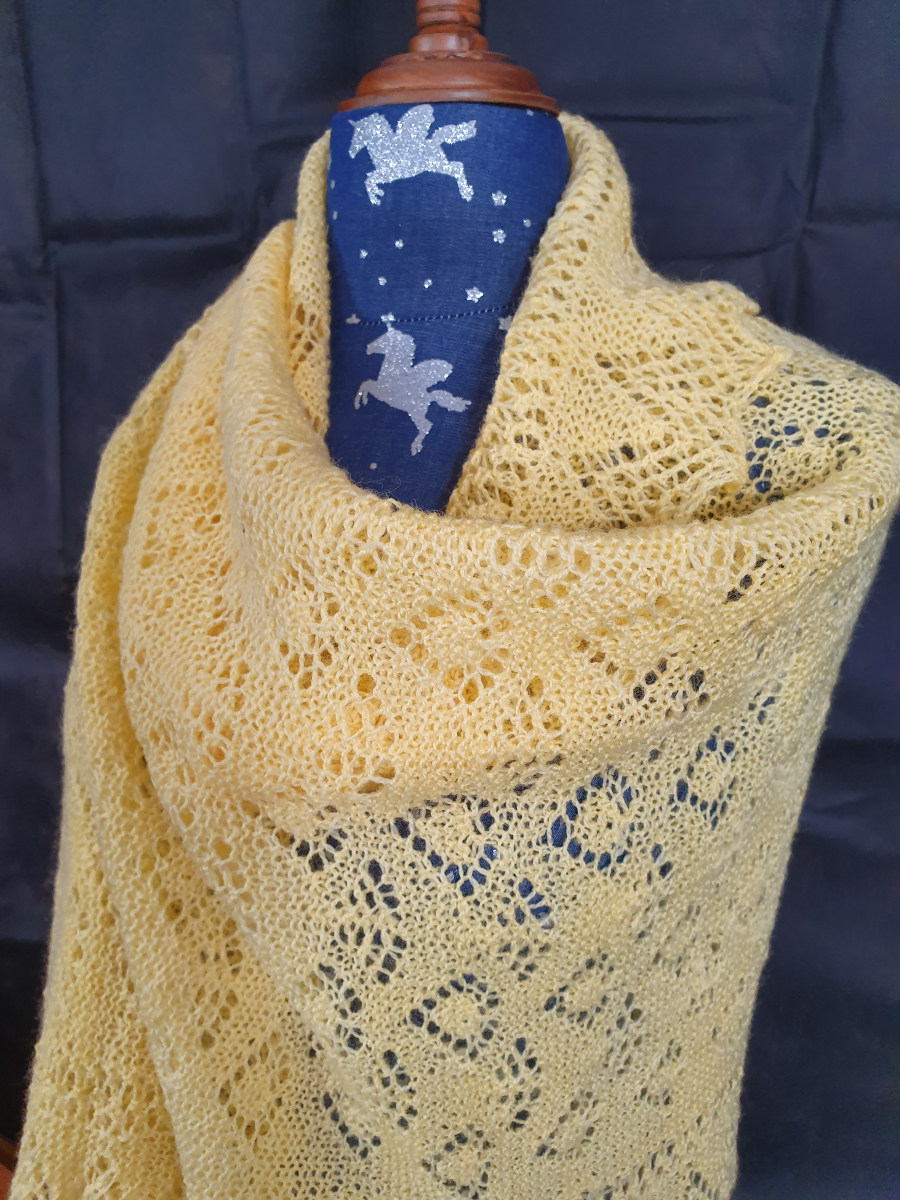Gauge question
I made a gauge before knitting my vest, instead of the required 17 per inch, I have 15 stitches per inch. It will make a difference in my project, but I am afraid to go down a needle size, because my row gauge is correct. What is my solution?
YOUR ANSWER
If it was me, I would go down to the smaller needle size as it is far easier to adjust for an incorrect row gauge than it is to adjust for width.
If you stick with the needles you are currently using and do not adjust the number of stitches in your pattern, your knitted pieces will be the correct length but quite a bit wider than pattern designer intended.
More often than not the instructions in a knitting pattern about length will tell you to continue knitting until your knitted piece measures a certain length, so if you use smaller needles you just knit a few extra rows until your piece is the correct measurement.
To adjust stitches is more complicated. You need to establish your tension (gauge) and the tension recommended by the pattern. Then comes the math...
Take the number of stitches in the pattern and divide that number by the number of stitches per inch specified in the pattern to work out the finished width of the knitted piece in inches.
Then multiply the number of inches by the number of stitches per inch in your tension (in this case 15).
You will also have to adjust all of the shaping in a similar way. So as you can see, adjusting the width is far more complicated that adding a few rows to adjust the length!
Comments for Gauge question
|
||
|
||
Couldn't Find What You Were Looking for?
Try searching the site using the search box below:

Custom Search

Recent Articles
-
Shetland Knitting and Shetland Knitters
Feb 07, 21 07:44 AM
Shetland knitting and the women in the Shetland Isle who create Shetland lace are among the best knitters in the world. -
Fixing Knitting Mistakes
Jan 28, 21 02:35 AM
When you are learning how to knit, you are going to make a few mistakes. It might not make you happy but fixing knitting mistakes is par for the course. -
Shetland Lace Knitting
Dec 11, 19 07:03 PM
Shetland Lace Knitting is a particular style of knitting that developed in the Shetland Islands and was one of the main exports of the Island early in the last century.



